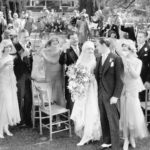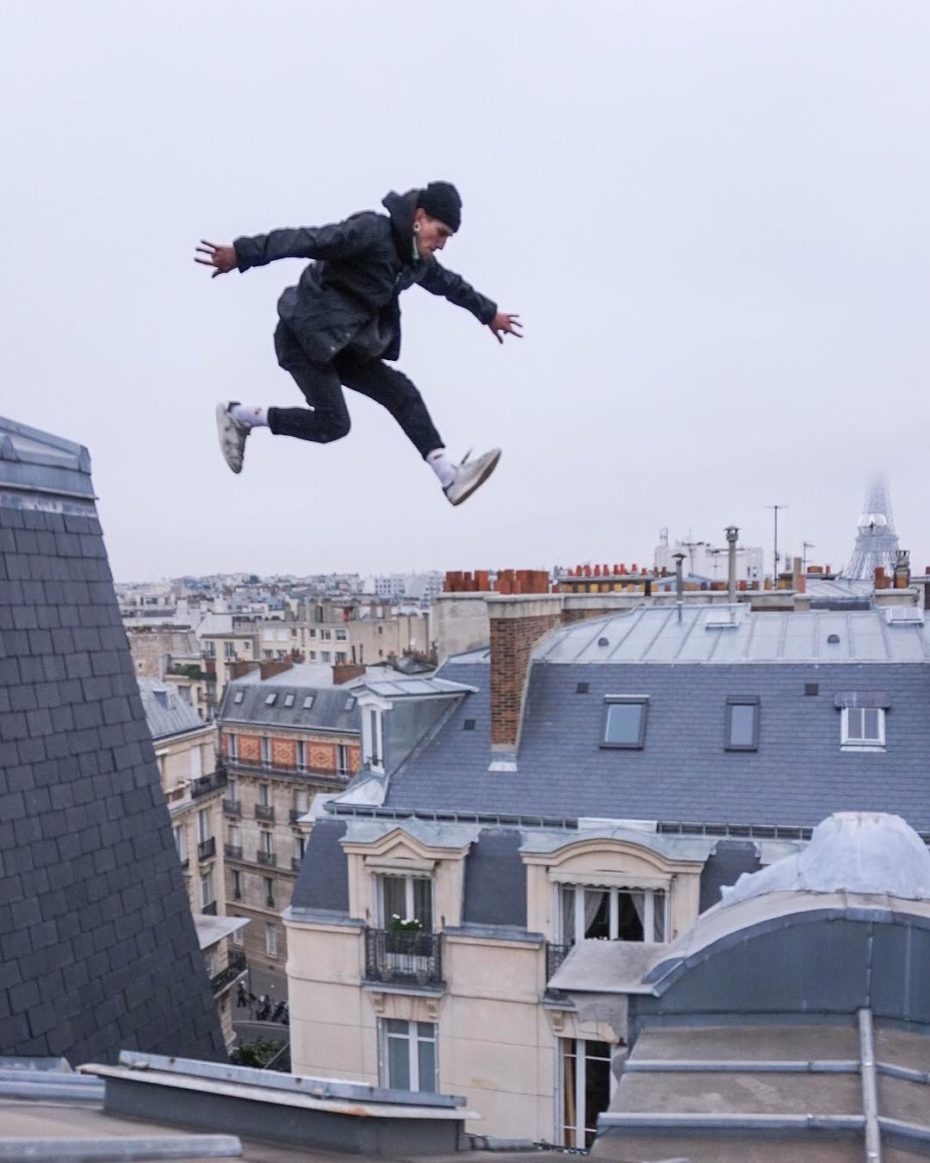
For those with a fear of heights, consider this your one and only warning to avert your eyes. For those who can’t look away, join us on the rooftops of Paris, where we’d like to start by introducing you to a modern-day ‘Buster Keaton’ daredevil…
Performing death defying feats with ease across the Parisian skyline, Benjamin Cante, or “Nebow” as he’s known amongst his roof-clinging peers, hails from Switzerland where he began practicing circus arts from the age of five. Cante has been honing his parkour skills since he discovered the discipline at 8 years-old and is currently a member of the “French Freerun Family“, an international team of professional “freerunners”.
To say his work is simply parkour would be an understatement; and since moving to Paris, Cante’s work has matured with a lot of artistry, which is essentially the difference between parkour and freerunning (but we’ll get to all of that in a moment)…
Setting himself apart from his roof-jumping peers on social media, Ben recently began adding a Buster Keaton inspired slapstick routine to his rooftop escapades, which has us positively transfixed.
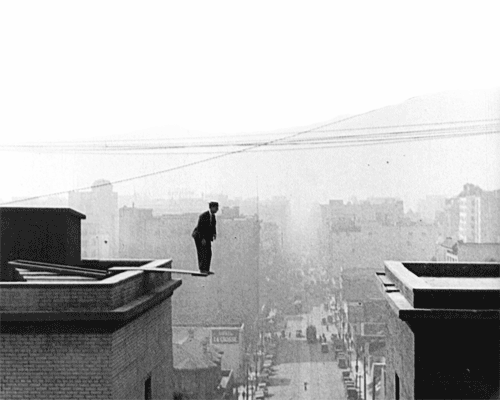
Parkour emerged as an underground (or rather, high-above ground) movement in the 1980s in the suburbs of Paris. It’s founders described it as l’art du déplacement – the art of movement, which involves overcoming urban obstacles and complex environments using rapid and agile movements. The original members of the group consisted of nine founding practitioners who collectively called themselves the Yamakasi (ya makási, in Congolese, meaning “strong in one’s person”). To join the group, new members had to be recommended by an existing member and then pass tests to evaluate their motivation. They regularly put themselves through challenges which forced them to find physical and mental strength to succeed, including training without food or water, or sleeping on the floor without a blanket, to learn to endure the cold.
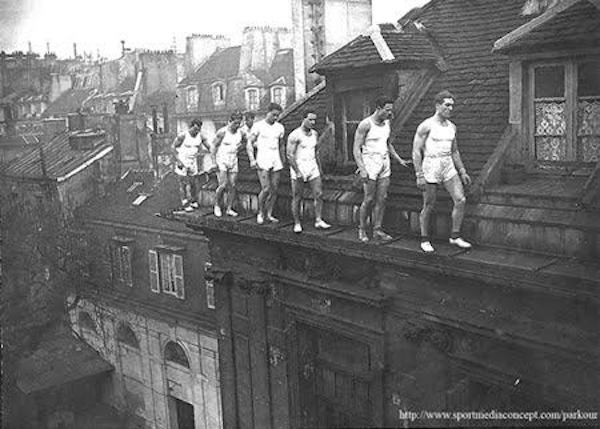
But the origins of parkour and freerunning actually go much further back than the 1980s. Heavily inspired by a pioneering physical educator in the French military during the early 1900s, the emergence of parkour finds its origins in the teachings of George Hébert’s and his “Natural Method”…
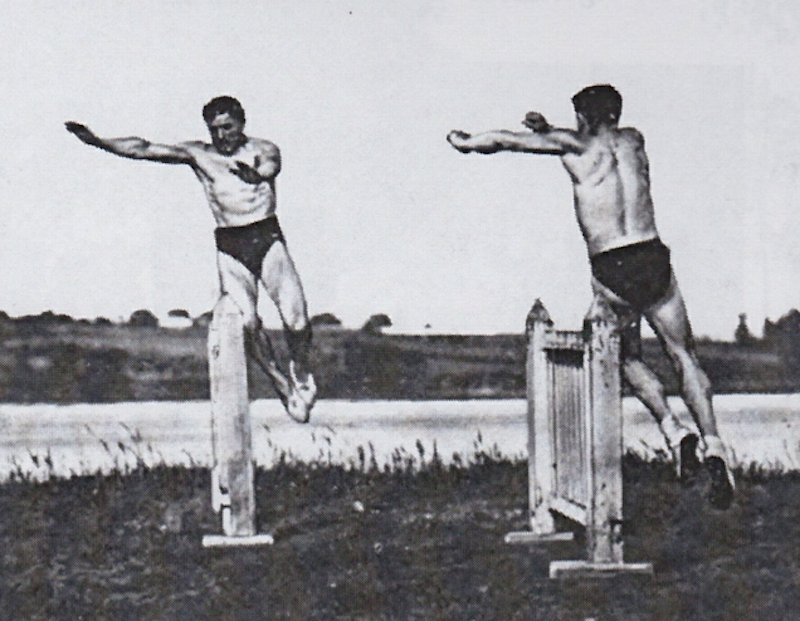
More than a century later, the training discipline Hébert developed has become the standard system of physical education in modern militaries around the world and it’s even been suggested that we can trace modern adventure playground equipment back to his original obstacle designs in the early 1900s.
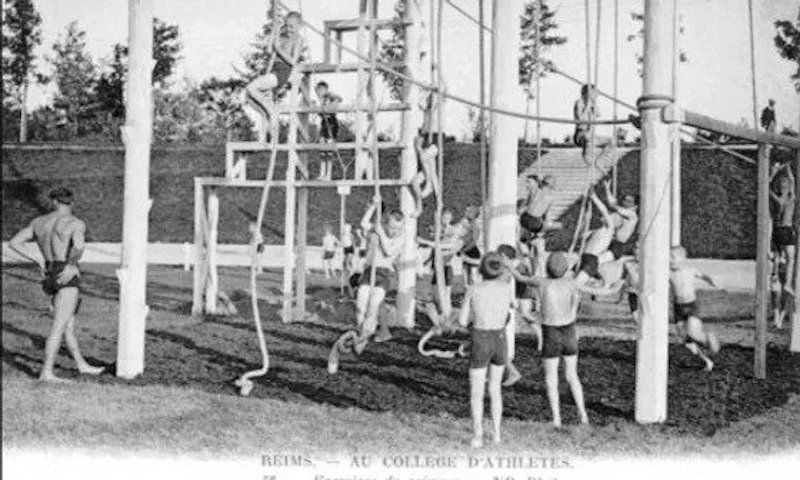
Hébert himself was influenced by the observations he made untrained native tribes in Africa while travelling the world pre-WWI: “Their bodies were splendid, flexible, nimble, skilful, enduring, resistant and yet they had no other tutor in gymnastics but their lives in nature”, he wrote.
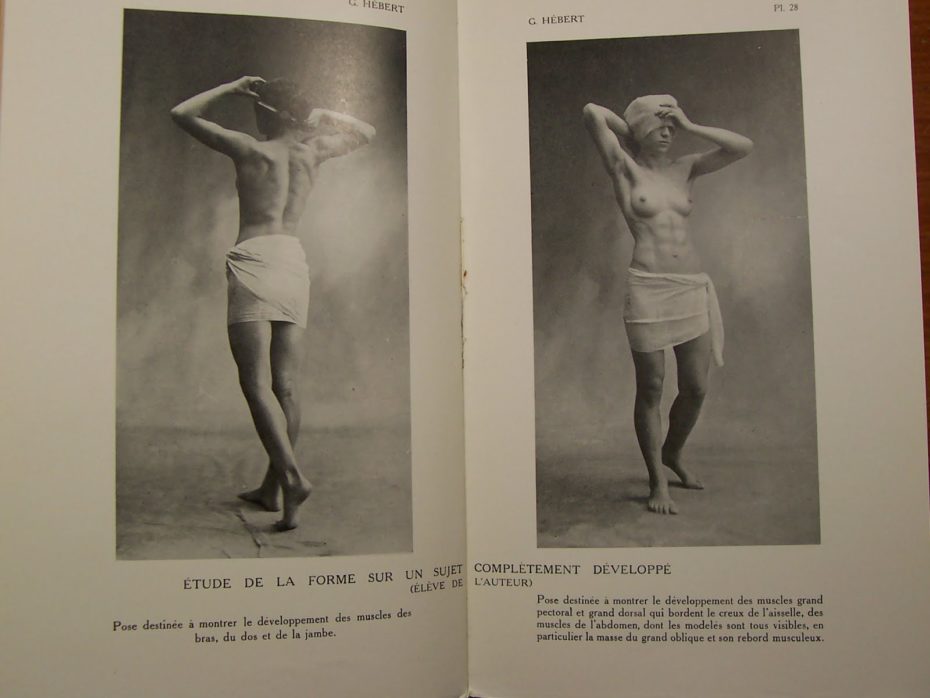
Fun Fact: Hébert was also an early advocate of the benefits of exercise for women and criticized the fashion of corsetry, insisting that women could develop self-confidence, willpower and athletic ability just as well as their male counterparts.
In the 1940s, Hébert’s methods reached a French-Vietnamese orphan named Raymond Belle, who found himself at military orphanage by the age of 7 after the First Indochina War. To overcome the hardships he had experienced in his childhood, he would use the military obstacle courses in secret at night when everyone else was asleep, and also created courses of his own that tested his endurance, strength, and flexibility. It was Raymond’s son, David Belle who would become one of the original founders of the Yamasaki group, and is widely considered the founder of parkour as we know it.
While we couldn’t find any early footage of Hébert’s training sessions or Raymond Belle in action, we can see his influence already taking root across the Atlantic in Brooklyn New York:
In this early 1930s archival footage from a newsreel, we see John Ciampa, a bricklayer from Brooklyn hopping across the rooftops of New York. He was dubbed “the human fly” and “the Brooklyn Tarzan” and his stunts earned him some work and notoriety in the entertainment business in the 40s and 50s. But the daring sport remained largely unidentified until the late 1990s, when the Yamasaki group sent pictures and video of their activities to a French television program, putting a new spotlight on the the obscure discipline.
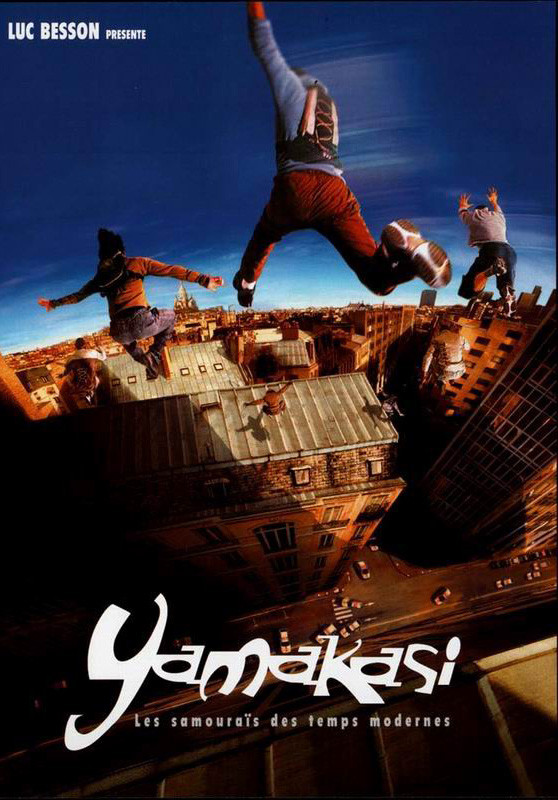
In 2001, French filmmaker Luc Besson portrayed the group as admirable “Robin Hood” lawbreakers who use their Samouraï-style stunts for charitable ends in his fictional action movie Yamakasi. One of Yamasaki’s original members, Parisian-born Sébastien Foucan (below) later landed a role opposite Daniel Craig in Casino Royale and starred in several major advertising campaigns. Despite the original members disbanding over disagreements on the movement’s core values, popularity of parkour began to increase, spreading around the globe and attracting a new generation of practitioners, also known as “tracers”.
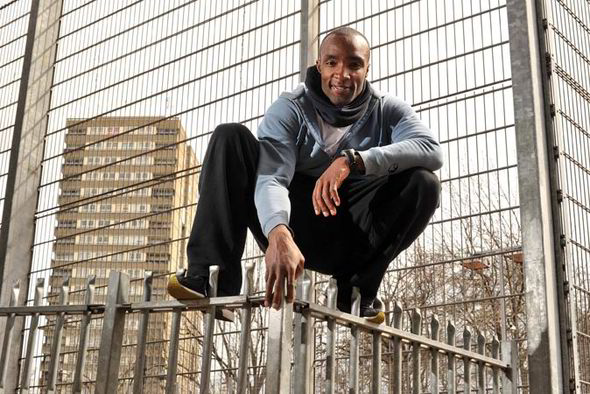
In 2003, Foucan founded his own separate philosophy he called Freerunning, which he developed as a more inclusive form of parkour, putting less emphasis on efficiency and more on artistic expression, allowing room for balletic flips and stylistic acrobatics. He cites martial arts influences such as Bruce Lee, who had also been heavily featuring the same concepts in most of his films ever since the early 1980s from the other side of the globe. Foucan’s work and philosophy was featured in a British documentary, Jump London which described free running as a “new urban sport”, designed by its founders to find freedom in the towns and cities designed to contain them…
The art form has today found mainstream awareness on social media platforms like Youtube and more recently on Instagram, but now you’ll know its origins go much further back. It also goes without saying that the unsupervised practice of freerunning or parkour is extremely dangerous (a British freerunner died in the Paris metro in 2017) and not for trying at home. Paris now has its own Freerunning Academy however, which admits students from age 7 and above. We also found similar academies in California and NYC. In the meantime, keep up (vicariously) with our “Buster Keaton” parkour artist, Ben Cante on his Instagram – and hey, Cante, if you’re reading this: pop on over to Messy Nessy’s rooftop sometime?!



